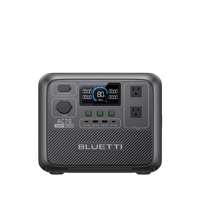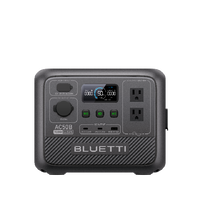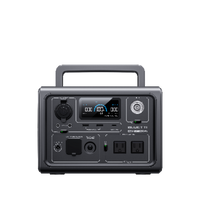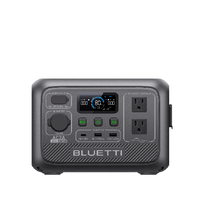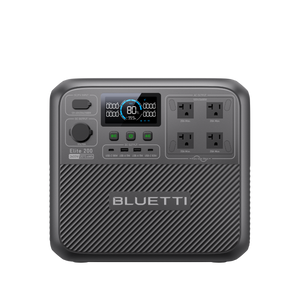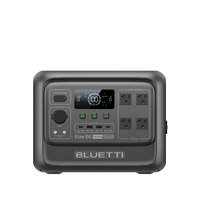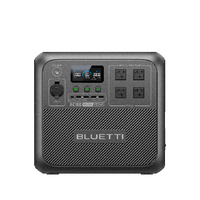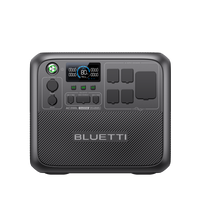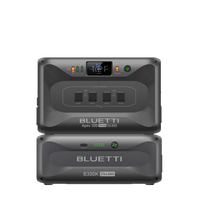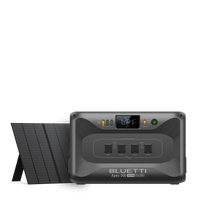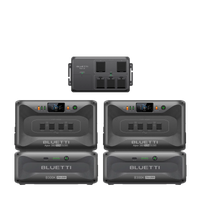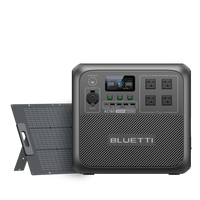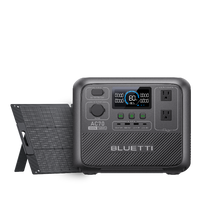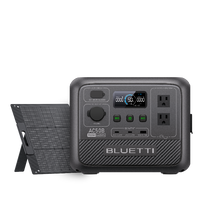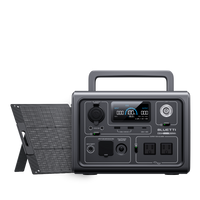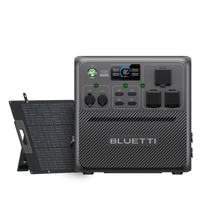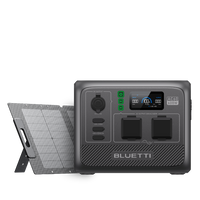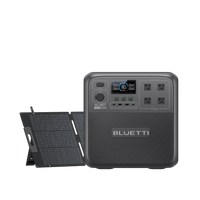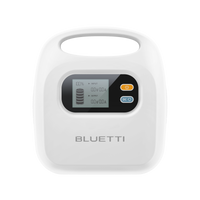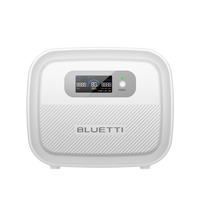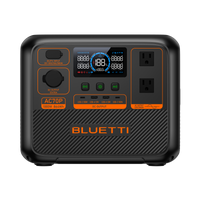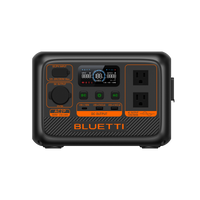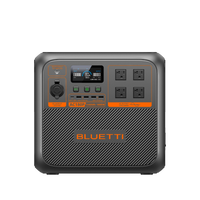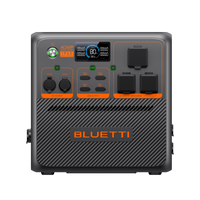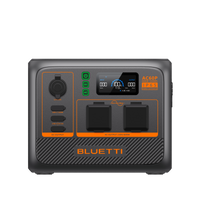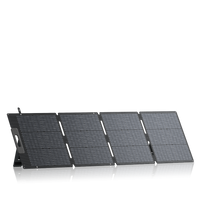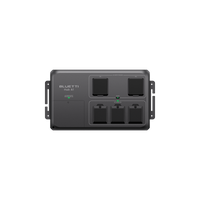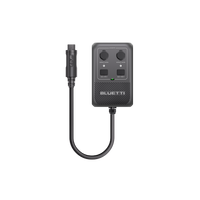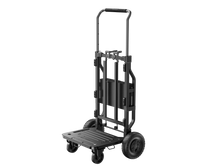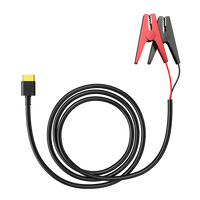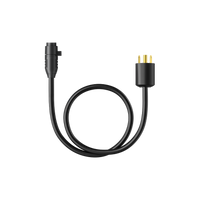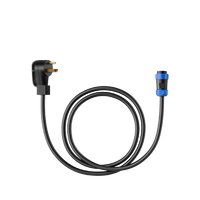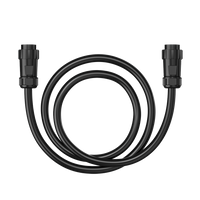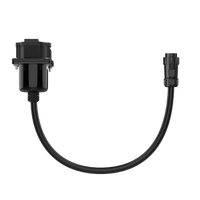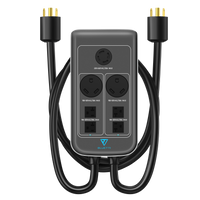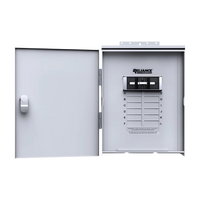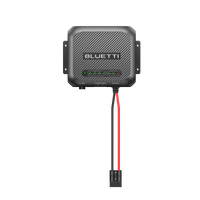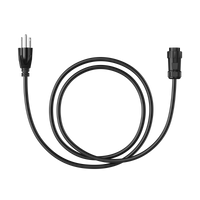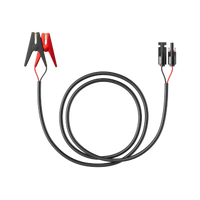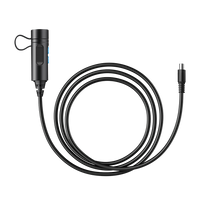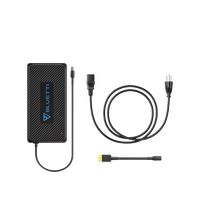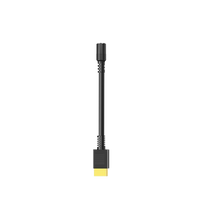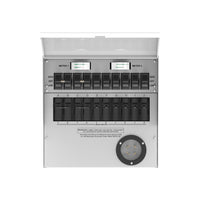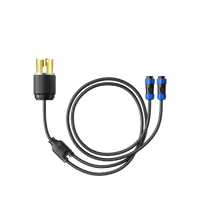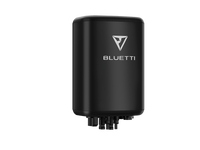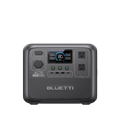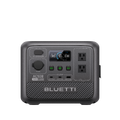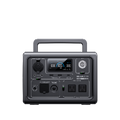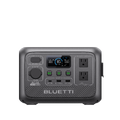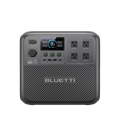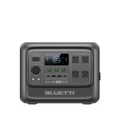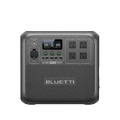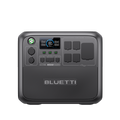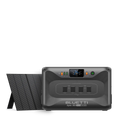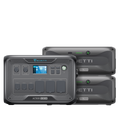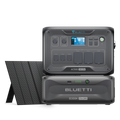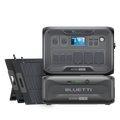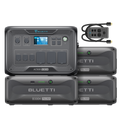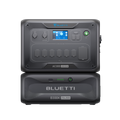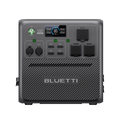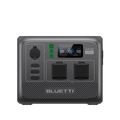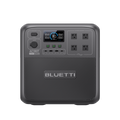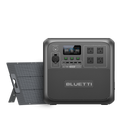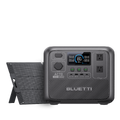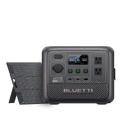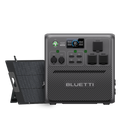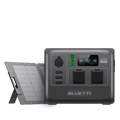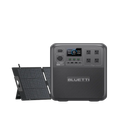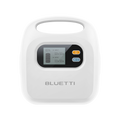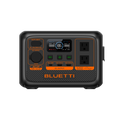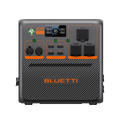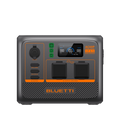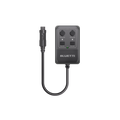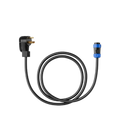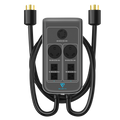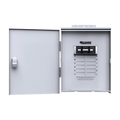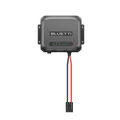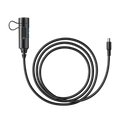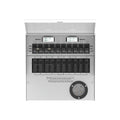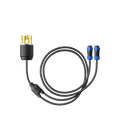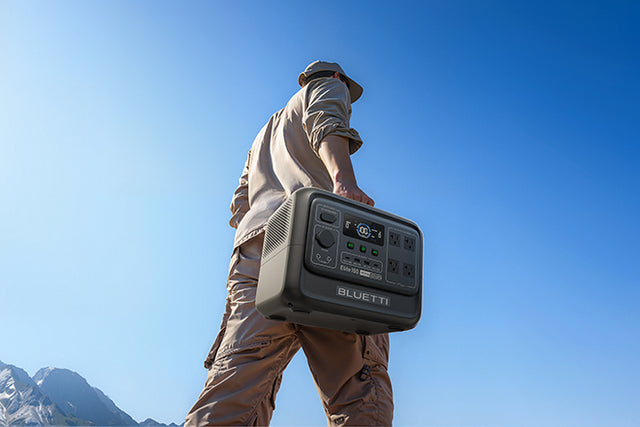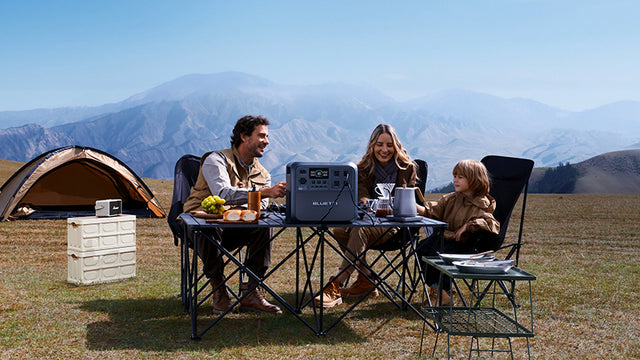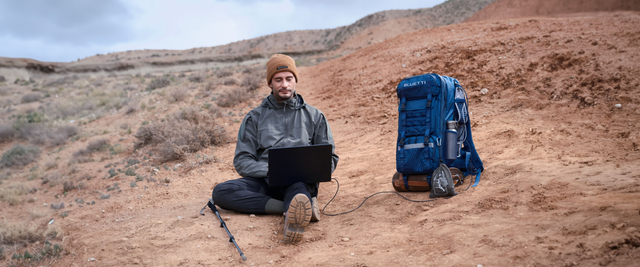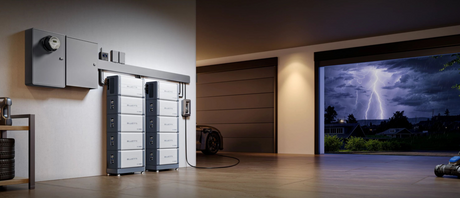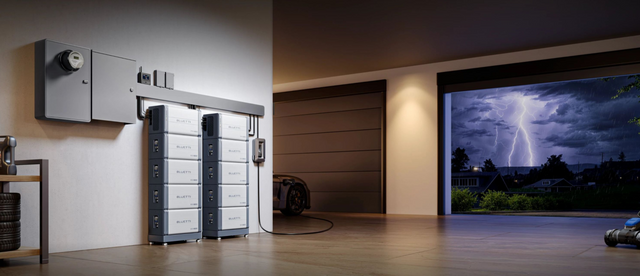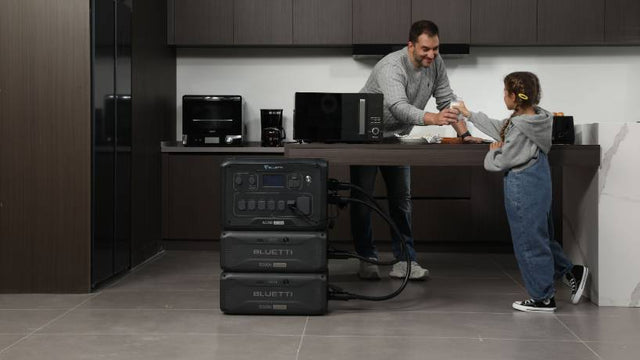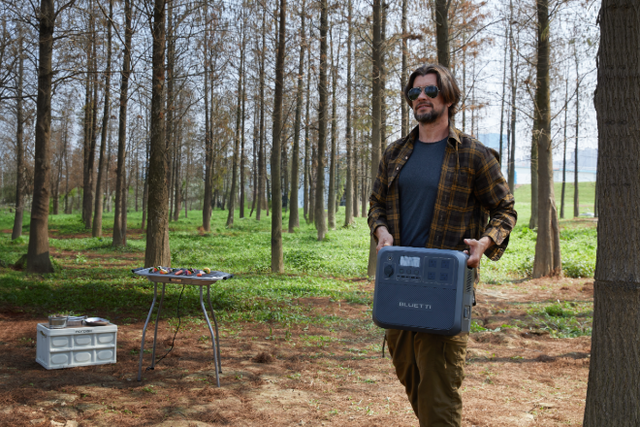Your cart is empty
Shop our products
If you live in Ohio, you know how quickly the weather can change. When the weather acts up, power outages are often inevitable. However, the whole sphere of weather cannot be controlled, but you can at least prepare yourself better when the lights go out. Here is a step-by-step guide on how to use the AEP Ohio outage tools, report outages quickly, and prepare the home for the next storm on the horizon. Let's get into it!
How to Find and Use the AEP Ohio Outage Map
The power went out last night, and just like that, you were left in the dark, scrambling for answers. That's the situation where the AEP Ohio Outage Map will be a real help. This map is fantastic. It will give you real-time updates on what's happening in the area. It will also tell you how much time is required to deal with the outage.
The Internet Location of the Outage Map
You can ask about the outages on the AEP Call Service Number. Besides asking or inquiring directly, the outage map can be opened from the AEP Ohio website. Just click to open it via www.aepohio.com, press "Outages," and the map should pop up right after clicking on this section.
These sorts of maps will let you zoom in on your street, town, or specific neighbourhoods to see if anyone else nearby is having the same problem. Each area in the outage region is colour-coded according to how many customers are affected, which also gives you a good indicator of the size of the outage.
Upon clicking an affected area, information about how many homes or businesses are affected, what caused the outage (if they know yet), and when AEP thinks power will come back on should pop up. You may also find updates on repairs, hazards, and other context-specific details directly on the map.

How to Understand the Cause and Timeline of an Outage
When the power goes out, the first thing many of us look for is an estimated restoration time. Always keep in mind that those times are just for estimates. If there is a big storm or a more severe technical issue, repair can take some more time; that's why the estimated time can be changed.
So, it's smart not to rely on just one update. Check back regularly to stay current. One feature I appreciate about the AEP Ohio outage map is the timestamp showing when the information was last updated. That gives you an idea of how updated or outdated the info might be. It is helpful, especially if the weather is still acting up and you are trying to figure out what will happen next.
Using the AEP Ohio App for Real-Time Updates
Almost everybody these days uses their phones for everything. So, the AEP Ohio mobile application is within your reach. You can download it free of charge to your iOS or Android devices.
How the App Works
Just as with the website, after logging into your AEP account through the app, you already have your live outage information. You may also set outage alerts for your home or any other property with which you are concerned. That way, if you are in the office or away on vacation, you will get real-time information if the power has gone out or is restored.
Even outage reporting can be accomplished through the app, which saves you time compared to a phone call to the Alert Centre. This app has a built-in feature to remember addresses and preferences. So you don't need to enter data again and again, and save time in emergencies.

An Excellent Way to Stay Ahead
I love to use this app at home, especially during bad weather. It is beneficial as well with elderly family members or children who need hasty decisions in the event of a power outage.
Key Features of the Outage Map
The AEP Outage map uses color coding to indicate the severity and scale of each outage. Generally, light colours mean a few dozen homes, while dark colours mean thousands of people affected by an outage. This will give you a snapshot view of how serious the issue is.
For each specific outage that you click on, you will have an idea about the number of customers affected by it and an estimate as to when it will be restored. Keep in mind that it is just an estimate. Damage from trees falling, access to roads, and storms that are currently happening may take more time to be updated. In the case of significant outages, additional coordination with emergency services or city officials could hold back the timeline.
Why You Should Keep Refreshing
If you're someone like me, you'd want to get the updates the moment they happen. This pretty much is an anti-auto-refreshing map, so every once in a while, you'll have to reload it to find out the latest news. Especially during these adverse weather conditions, when crews are out working, outages are being updated constantly.
This puts you one step ahead of the game to prepare for what you're going to do next, whether it is leave the house or prepare for an emergency. Refreshing the map would give you a better understanding of how things stand in your neighbourhood.
How to Report Your Outage
Even if your area is marked on the outage map as experiencing issues, reporting your outage is still crucial for accurate resolution and prioritization by AEP.
Different Methods to Report
There are easy steps to let AEP know that your power is out.
-
Fill in the online outage form on their website
-
A report can be made by using the AEP Ohio mobile app.
You can always call their customer service line if neither option works for you. Just have your account number or service address ready when you do. Having options gives you flexibility even in the case of disasters.
Give Them More Information
Be detailed in reporting any outage. State your address; tell whether your lights are flickering or there is a complete blackout; is there anything that looks odd, like a tree on the power line or some sparks near a transformer? Safety concerns help them to prioritize quickly. Have a person in your household dependent on powered medical equipment? It's also helpful to report that to them: some utilities try to take that into account when scheduling repairs. Have repeated outages in the area? Note that as well.
Tips for Weather-Related Outage Prep in Ohio
The weather around Ohio can change fast. One moment, it's a strong summer storm; the next, it's freezing with ice and snow. And sometimes, there's even the risk of tornadoes. That might be the whole reason behind the plan: to be ready for anything, no matter what the weather does.
Bad Weather and Power Outages
Heavy thunderstorms do tend to be among the main culprits; in a matter of mere seconds, high winds can baffle both tree and utility lines. Wintertime tends to bring about snow and ice over lines that sag under the burden. Tornadoes don't hit most parts of Ohio often, but when they do, they can show up in rare weather conditions with little to no warning.
Still, when the power goes out, things feel a lot less stressful if you're prepared. Some people even keep a small weather calendar to track seasonal patterns, which helps them plan and stay ready.
What to Store in Your Emergency Kit
I've therefore thought to provide a checklist for an emergency kit that I make sure to pack:
-
Three-day supply of bottled water and non-perishable food
-
Flashlights with extra batteries
-
A weather radio for alerts
-
Blankets and warm clothes, maybe even a sleeping bag
-
Power banks or portable chargers for phones
Some pet supplies, basic tools, and perhaps even some cash in case the ATMs go down would also be handy. All these things are great to have if the blackout extends over a few hours.
Backup Power: Dependable Solutions Inside Your Home
Being familiar with a backup power system helps ease your mind. A whole-house generator does not have to be there to keep you comfortable and safe during an outage. Some portable options work pretty well with Ohio's unpredictable weather.
AC500 with B300K Batteries: For the Big Stuff
To keep food inside your refrigerator and your basement sump pump from going out during storm times, check out the AC500 with two B300K batteries. This product is intended for heavier electrical loads, meaning it will run larger appliances, refrigerators, freezers, and even some central heating systems.
It can charge from solar panels or your regular outlets when the grid is up, and it will automatically kick in during a blackout to keep essential devices up and running. It is famous among families with larger homes or people who need to keep medical instruments, as well as food storage equipment, active.

AC200L: For the Smaller Daily Needs
The AC200L is smaller and more portable, making it ideal for simply performing small tasks, such as charging phones, running a lamp, keeping your Wi-Fi going, or using a hot plate to make simple meals. Since it's indoor-safe, you can use it in apartments or even smaller homes, too.
This kind of system is perfect for really short temporary power outages, where you really wouldn't consider powering your entire house, but just the things that keep you comfortable. It is also easier to store and use without much setup, so that solution can appeal to those of us who desire an immediate, reliable solution.

How To Prevent Surges and Damage to Homes from Storms
Inclement weather does not only mean the absence of power in the home; it can also affect electronics due to the storm. So, precautionary steps can help to save a few bucks.
Precautionary Steps to Take Before Storm Season
Install surge protectors for your computers, TVs, and all your precious components. One lightning strike or extra surge, and that system can fry in seconds.
Next, secure your power lines. Don't forget the trees. Avoid attempting to trim branches near power lines yourself—contact your utility or a certified arborist. A gutter should be cleaned, too, in order to prevent water-related storm risks.
Local Storage and Alternative Power Options
Not tied to the grid anymore. Many more Ohioans are connecting backup energy source systems to keep the lights on during storms.
Benefits of Portable Solar Power Systems
They are capable, silent, and free of fuel. Portable battery backups are very effective in power loss. They run on solar energy and can provide you with electricity during even the most extended interruptions without having to use gas or propane.
Uninterruptible Power Supply (UPS) systems are an ideal backup system to manage devices such as personal computers, routers, and security systems. They give you enough time to shut down or change over to the backup system safely.
Solar generators are among the newest methods of electricity generation, in particular, making headway in the sector. You will get maximum benefits from it if you are looking long-term and want to use fewer fossil fuels. Even better, they are much quieter than gas-powered generators and safer to use indoors.
Local Storage Solutions for Energy
If you're in Ohio, several utility companies offer rebates or tax credits on the installation of solar panels or home energy storage systems. It's worth your time to check any available options because they might save substantial amounts of your money. All that information would be made available via your utility website or by simply calling customer service to inquire about renewable energy programs.
Wrapping It Up: Stay Safe, Stay Powered
AEP Ohio has a valuable outage map for keeping people informed and free from worrying during power outages. You can get real-time information by checking it for restoration times and weather-related impacts. For even more peace of mind, consider investing in an energy storage system; it's smart to stay powered through Ohio's unpredictable storms and sudden outages.
FAQs
1. How often is the AEP Ohio outage map updated?
This map is on the listing quite often and gets updated in a few minutes. Check the timestamp for the latest info.
2. Why might the estimated restoration time change?
Estimates depend on current conditions and can change if conditions worsen or crews become delayed.
3. Can I report an outage using the map?
Yes. You can report outages through a form linked directly from the outage map or via the website and app.
4. Is getting a backup power source worth it in Ohio?
Yes, given Ohio's unpredictable weather, an energy storage system can keep your essentials running during outages.

